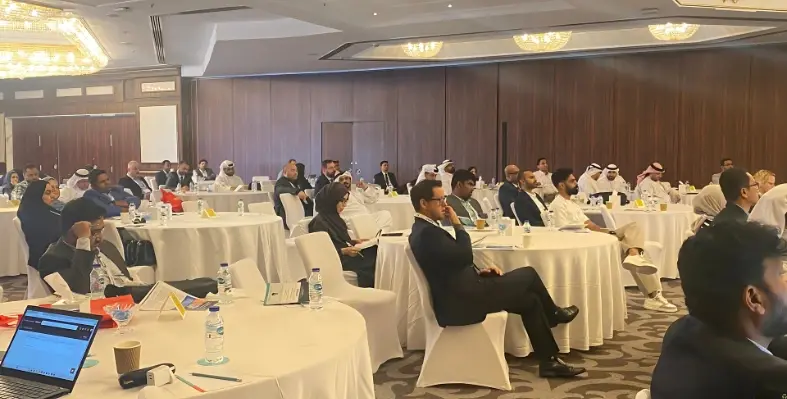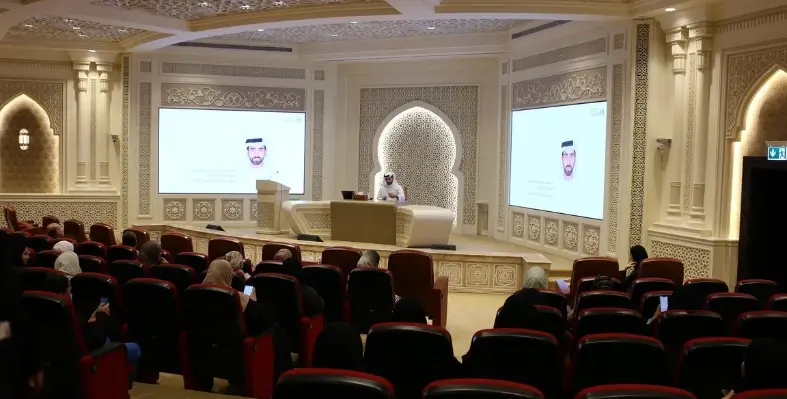Kenzen has added two important features, heat susceptibility and sweat rate to its smart PPE system for monitoring workers’ heat risk on the job
Kenzen technology can track the heat susceptibility and sweat rate of individuals’ key indicators in the detection and prevention of heat-related stress, injury, and fatality risk of workers in hot environments.
The Kenzen system calculates heat susceptibility of a worker and then classifies them into low, moderate, or high heat-risk categories. Kenzen’s proprietary algorithm determines the person’s heat risk category by evaluating their medical or physical conditions, physical fitness, heat-acclimatisation status, history of heat injury and illness, medications, chronic illnesses, and age. The classification does not reveal personal information or reasons why someone is in a particular heat risk category, it is only used to help supervisors monitor and manage people according to their individual heat susceptibility.
Nicole Moyen, vice- president of research and development at Kenzen, “Managers have so much to worry about at their worksite, including if their workers are physically able to work safely to get the job done well and on time. This new feature tells managers which workers to monitor closely on hot days, and when and how to alter an individual’s schedule or workload.”
Kenzen also has a new sweat rate monitoring feature that uses a worker’s information and physiological data to calculate and predict their sweat rate, in litres per hour. A manager can view an individual’s sweat rate on the Kenzen analytics dashboard, which also indicates how much water that person needs to drink each hour to stay hydrated. The data eliminates the guesswork in how to keep workers safely hydrated and makes the Kenzen system an even more valuable planning tool.
Kenzen devices worn by workers contain sensors that monitor, in real-time, an individual’s physiological responses. The worker is warned when their core temperature is too high and they are in danger of a heat-related injury or illness via a smart phone app and a device vibration. Managers have a corresponding app that alerts them when a worker needs an intervention to stop work, rest, and hydrate, and a second alert for when it’s safe to return to work. EHS leaders use the Kenzen analytics dashboard to make individual, team or enterprise-wide decisions to minimise heat-related injury and illnesses across their worksite by looking at aggregated data across weeks to months.























